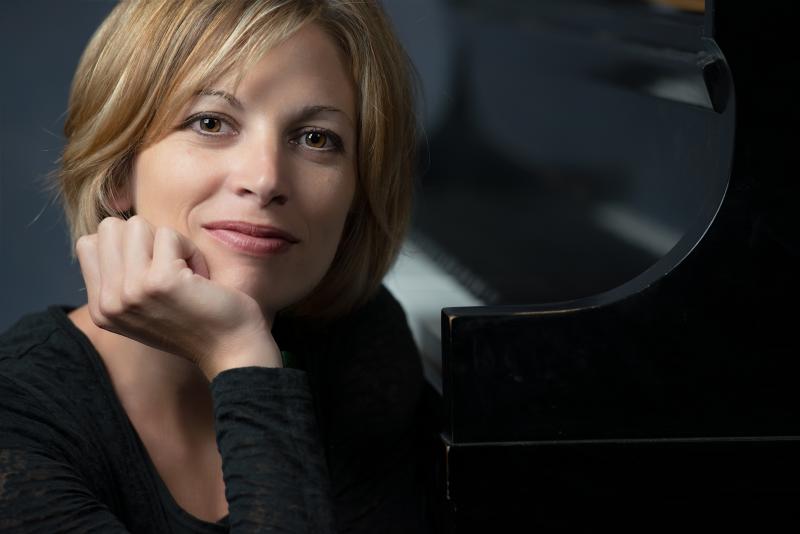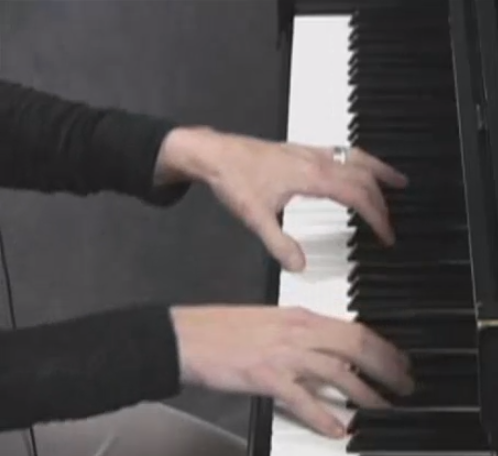Talking Piano Lessons with Christie Peery
 ArtistWorks: How long have you been teaching piano lessons?
ArtistWorks: How long have you been teaching piano lessons?
Christie: I started teaching piano when I was 9 years olds - so (not to give away my age or anything) 31 years.
AW: What age do you recommend people start taking piano lessons?
Christie: 5 years old if a parent can sit and practice with the child daily. 8 years old if the child is going to mostly do it on their own. The most important training for Classical piano is the first few years when muscular and musical habits are formed. These things can be learned later, but poor habits are hard to break and strong old habits make you sound like a genius.
AW: If someone has already been taking piano lessons with someone else, is there anything they'll need to know about the Peery Method and your style of teaching?
 ArtistWorks: How long have you been teaching piano lessons?
ArtistWorks: How long have you been teaching piano lessons?
Christie: I started teaching piano when I was 9 years olds - so (not to give away my age or anything) 31 years.
AW: What age do you recommend people start taking piano lessons?
Christie: 5 years old if a parent can sit and practice with the child daily. 8 years old if the child is going to mostly do it on their own. The most important training for Classical piano is the first few years when muscular and musical habits are formed. These things can be learned later, but poor habits are hard to break and strong old habits make you sound like a genius.
AW: If someone has already been taking piano lessons with someone else, is there anything they'll need to know about the Peery Method and your style of teaching?
Debussy’s Rhapsodie for Clarinet and Piano
Debussy’s Rhapsodie for Clarinet and Piano is the “mother of all contest pieces,” according to clarinet player Ricardo Morales. It was originally written by French composer Claude Debussy for the Paris Conservatory as a contest piece.
It is an extremely beautiful and nuanced composition known for its multiple levels of dynamics that go from piano to pianissimo to pianississimo to actual silence. The challenge is playing it as both a solo for a clarient audition, but also keeping in mind that Debussy subsequently expanded it to be performed with an eighty to eighty-five piece orchestra where many of these colors would get lost if you played it as you would a solo piece.
As a clarinetist, concentrate on the colors you want to portray. For example the beginning is piano but it is immediately followed by dolce and espressivo. So being expressive between the B flat and the C creates a nice “shape” to the notes while maintaining the more quiet piano feel.
New Piano Lessons Added
Greetings everyone out there in Piano Land, we just added some new piano lessons from Christie! There are 6 new piano lessons in total, the first three are on Czerny's "Study in B Flat Major" , and there's another three lessons on Duvernoy's "Study in C Major". Find them all in the Intermediate Muscular Level 4 area or just click on the picture!
Classical Guitar Lessons - Bouree
Bouree, from the first Lute Suite by J.S. Bach is an oft-prescribed piece for classical guitar students early in their development. Jason Vieaux introduces the piece and begins teaching it in the classical guitar lesson above.







